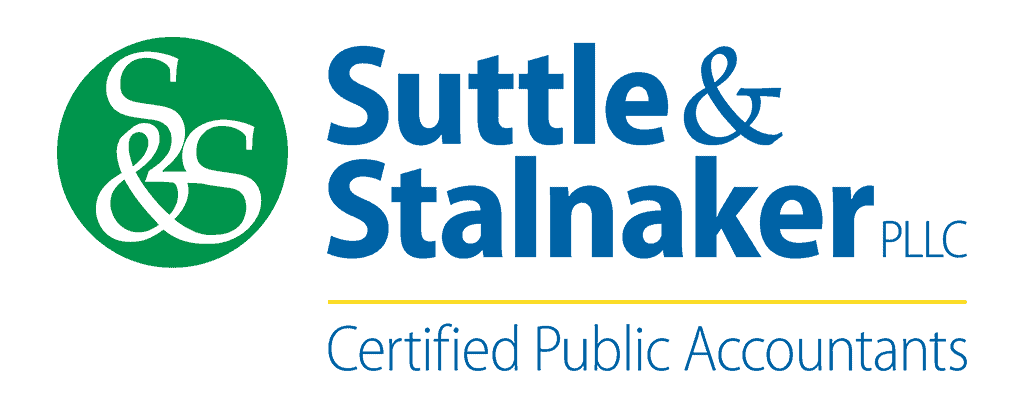
Your business may have been one of the many that took advantage of the Paycheck Protection Program (PPP) Loans. If so, has your business applied for and received PPP Loan forgiveness? If not, read on for more information on applying for PPP Loan Forgiveness to avoid repayment.
Of the numerous Covid-19 relief provisions for businesses enacted on the federal level, the Paycheck Protection Program was the most well-known and widely used, with over 11 million businesses using funds from PPP loans to continue their employee payrolls during the uniquely challenging and uncertain times of the pandemic in 2020 and 2021.
Although it sounds too good to be true, if PPP borrowers spent the PPP funds appropriately (while maintaining the required number of full-time equivalent employees and without reducing employee pay rates more than allowed), then their loans can be fully forgiven. Forgiveness is achieved by taking the last step and submitting a PPP forgiveness application. In almost all cases, the PPP Loan Forgiveness application is submitted to the bank that made the PPP loan. The amount and type of supporting documentation submitted with the application can vary by bank and depends on the size of the PPP Loan received. Each bank decides its own method of accepting the applications, with some accepting paper applications and some utilizing an online portal for the application process. (Borrowers are required to retain all supporting documentation in their files for three years after the date the loan forgiveness application is submitted to the lender.)
The general rule of thumb was that employers had 2-6 months after receiving their PPP Loan to spend their PPP funds and then another ten months to submit the forgiveness application, during which time all loan payments are deferred. If borrowers do not apply for forgiveness within this time frame, then PPP loan payments are no longer deferred, and borrowers will begin making loan payments to their PPP lender. However, even if you’re late applying for forgiveness, borrowers can apply for forgiveness any time up to the loan’s maturity date (2-5 years).
The rules for determining eligible payroll and non-payroll costs, full-time equivalent requirements, and wage reduction limits that affect the PPP Loan Forgiveness calculation can be complex and will directly impact whether your loan forgiveness application is accurate and whether your loan is fully forgiven. If a PPP Loan is not (or only partially) forgiven, the borrower must begin repaying the portion not granted forgiveness.
Suttle & Stalnaker has consulted with numerous businesses on matters related to the Paycheck Protection Program loans from the beginning to the end. We welcome the opportunity to help your business with any incomplete PPP Forgiveness application. Let’s finish this! Contact Saundra Uy or your Suttle & Stalnaker representative.
